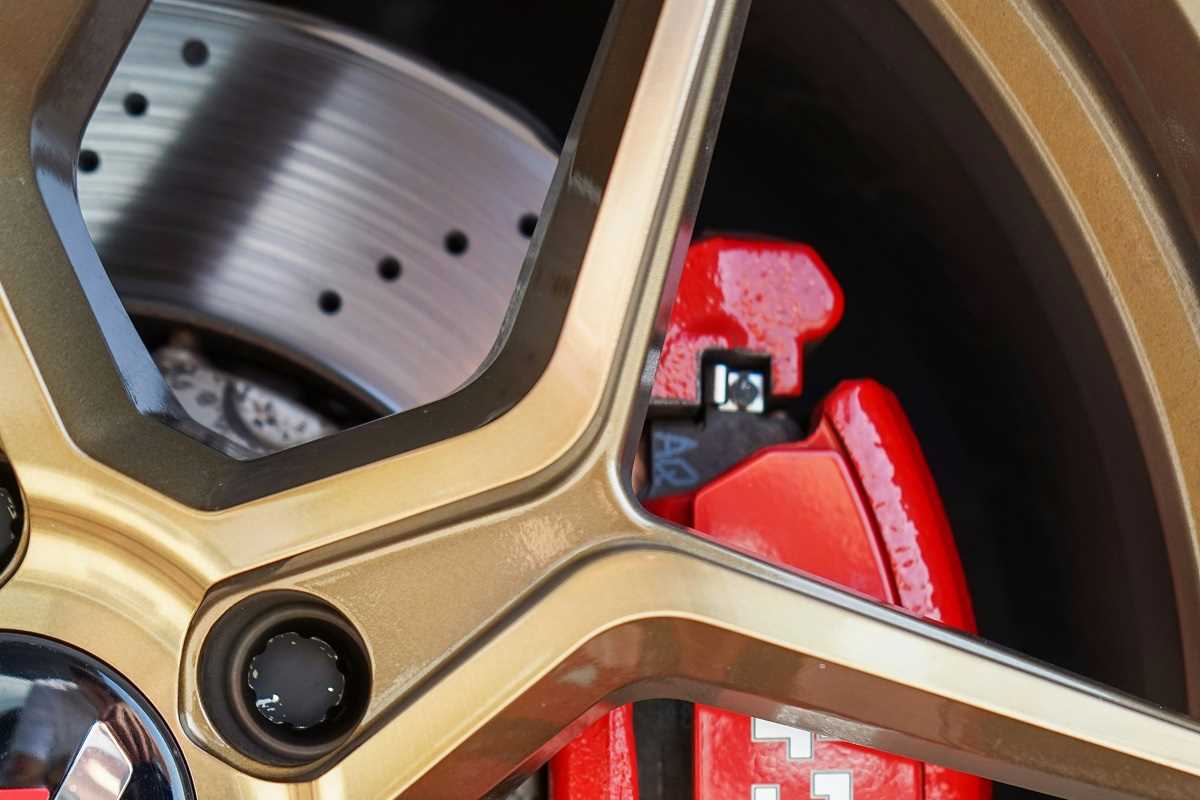If you’re a car owner, you already know regular maintenance is key to keeping your vehicle running smoothly. But paying for every little service at a mechanic can quickly drain your wallet. The good news? Many routine car maintenance tasks are simple enough to do yourself, even if you don’t have much experience. Not only does DIY car maintenance save you money, but it also helps you understand your vehicle better.
Here’s a breakdown of the most common maintenance tasks you can tackle on your own, how much you could save, and some tips to help you get started.
1. Oil Changes
An oil change is one of the most frequent maintenance tasks your car needs. Depending on where you go, a professional oil change can cost anywhere from $50 to $100, especially with synthetic oil. But if you do it yourself, you’ll likely spend between $20 and $40 on the oil and a new oil filter.
Tools and Skills Needed:
- Tools: A wrench, an oil filter wrench, a funnel, and a drain pan.
- Skills: Basic skills like unscrewing bolts and following instructions from your car’s manual.
How to Save:
Doing your own oil changes a few times a year can save you $30 to $60 per change, which adds up to $90 to $180 annually. Plus, it doesn’t take long—most people can finish the job in about 30 minutes.
Tip for Beginners:
Make sure to dispose of the old oil properly by taking it to a recycling center or an auto parts store that accepts used oil.
2. Air Filter Replacements
Your car’s air filter keeps dirt and debris out of your engine, and replacing it is one of the easiest maintenance tasks you can do yourself. A shop could charge $40 to $70 for this simple job, but buying the air filter and replacing it yourself will only cost around $10 to $20.
Tools and Skills Needed:
- Tools: None! Most cars don’t require any tools to replace the air filter.
- Skills: Zero technical skills—just follow your car manual to find the air filter housing.
How to Save:
DIY air filter replacements save you $30 to $50 per change, and filters usually need replacing once or twice a year. That’s $30 to $100 in savings annually for something that takes less than 10 minutes.
Tip for Beginners:
Check your car’s manual to see how to access the air filter housing. It’s usually just a matter of opening a plastic cover, pulling out the old filter, and sliding in a new one.
3. Tire Rotations
Tire rotations help your tires wear evenly and last longer. A service center typically charges $25 to $50 for this. While the task itself isn’t complicated, you’ll need a jack and some patience. Doing it yourself costs virtually nothing if you already have the tools.
Tools and Skills Needed:
- Tools: A jack, a lug wrench, and a torque wrench (optional).
- Skills: Familiarity with loosening lug nuts and safe jacking techniques.
How to Save:
By rotating your tires yourself every 6,000 to 8,000 miles, you’ll save $25 to $50 per rotation, adding up to $50 to $100 per year depending on how much you drive.
Tip for Beginners:
Be cautious when jacking up your car, and always use jack stands for stability. Watch a few tutorial videos to feel confident before starting.
4. Brake Pad Replacements
Replacing brake pads might sound intimidating, but it’s not as hard as it seems. Mechanic shops can charge anywhere from $150 to $300 or more per axle, depending on your car. If you do it yourself, you’ll pay about $50 to $100 for a set of brake pads.
Tools and Skills Needed:
- Tools: A lug wrench, a jack, a socket set, and a C-clamp.
- Skills: Basic mechanical understanding and comfort using hand tools.
How to Save:
Replacing your own brake pads could save you $100 to $200 per axle, which is a huge chunk of change.
Tip for Beginners:
Start with one brake at a time so you can reference the other side if you get confused. And don’t forget to safely secure your car on jack stands before removing the wheels!
Benefits of DIY Car Maintenance
Besides saving money, learning how to do basic car maintenance has a ton of other advantages.
- Confidence and Independence: Knowing how to take care of your car gives you a sense of independence and makes you feel ready to handle small problems.
- Less Time at the Mechanic: You won’t have to schedule appointments, wait in line, or deal with upselling tactics from some service centers.
- A Better Understanding of Your Car: You’ll learn more about how different parts of your car work, which can make it easier to spot issues before they become big problems.
- Better Resale Value: Regular maintenance keeps your car in good condition, which is great if you plan on selling it in the future.
When Should You Leave It to the Pros?
While many tasks are DIY-friendly, some are best handled by professionals. For example, complex repairs like engine diagnostics, transmission issues, or electrical problems require advanced tools and knowledge. If you’re unsure about a specific job or feel it’s above your skill level, don’t hesitate to consult a mechanic. It’s better to spend a little extra for expert help than risk damaging your car.
DIY car maintenance isn’t as overwhelming as it first seems. With a bit of time, some basic tools, and online tutorials, you can save hundreds of dollars each year on tasks like oil changes, air filter swaps, tire rotations, and brake pad replacements. Plus, you’ll gain a deeper understanding of your car and avoid unnecessary trips to the mechanic.
By taking charge of your car’s basic needs, you’re not just saving money—you’re also building skills that will serve you for life. And who knows, you might even enjoy it. After all, there’s something satisfying about getting your hands dirty, tackling a challenge, and knowing you’ve made your car road-ready all on your own. Safe tinkering!
 (Image via
(Image via





